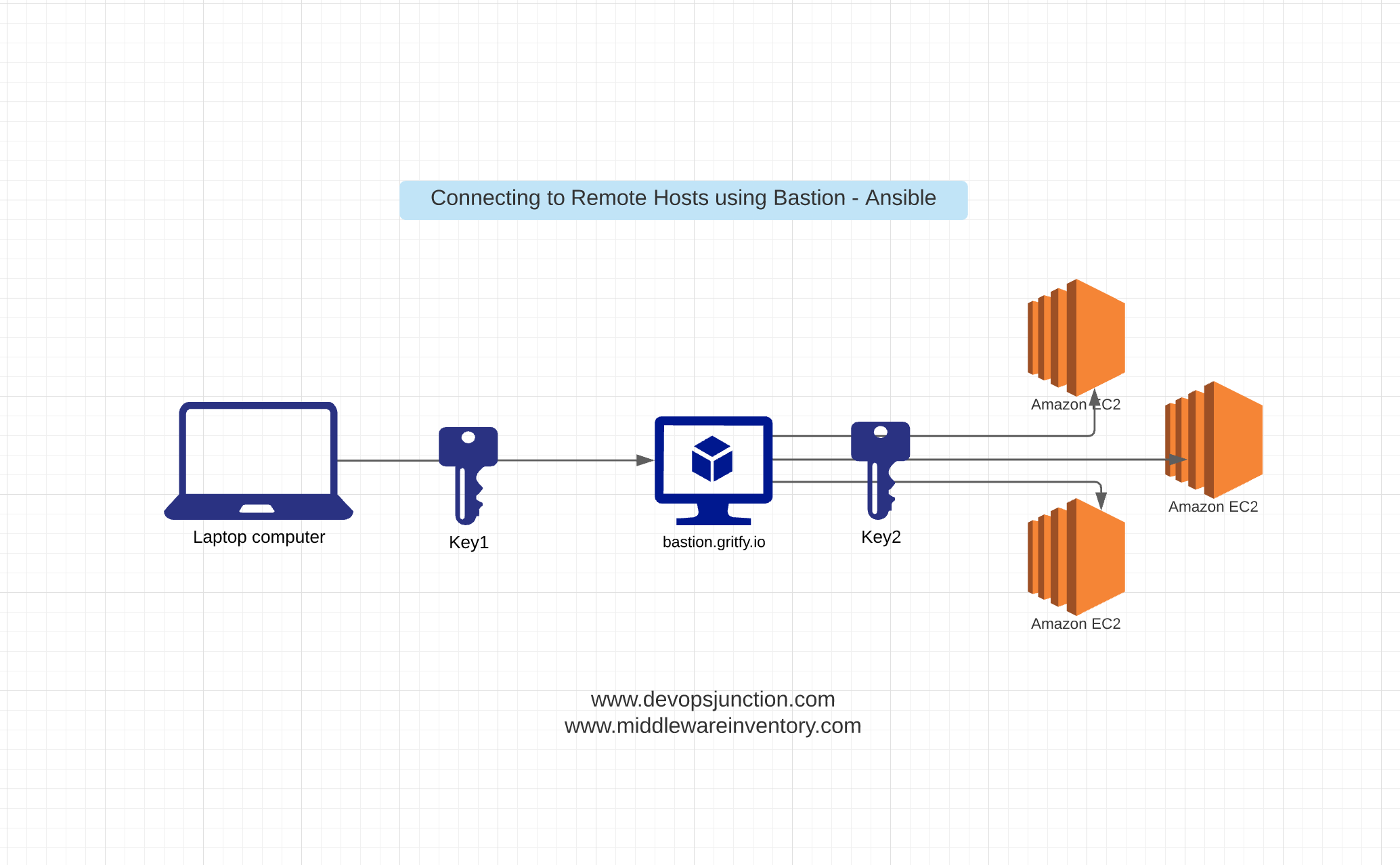

The obvious other solution is to use an ElasticIP, which has - as I see it - a few drawbacks: This is not really much of a concern, I added this point only for sake of completeness. About as much as the bastion host, actually. The ELB costs money, as opposed to EIP.With two or more bastion hosts behind the ELB, SSH host key warnings are common, and I do not want our users to get accustomed to ignore SSH warnings.The does not count towards the accounts EIP limit.Auto Scaling Groups over two AZs can be used to guarantee availability.The bastion host(s) needs to be reachable via a permanent DNS entry.īastion host in Auto Scaling Group in two availability zones, ELB in front of the Auto Scaling Group.A small downtime (a few minutes) may be acceptable. The bastion host(s) need to able to withstand a Availability Zone failure and ec2 instance failure.To do this, you can rely upon open-source SSH jump tools such as Teleport, Boundary by Hashicorp, or simply OpenSSH.I am currently trying to figure out a good configuration to make a Bastion host highly available. The best course of action is to centralize SSH accesses, via SSH bastion, for example. If those tiers are hosted within a private network, you’ll need access to manage the applications.

AUDUBON SSH BASTION SERIES
When you use two-tier architectures-an application hosted by a series of Instances and a database-it is good practice to keep the different tiers from being exposed on the internet.
AUDUBON SSH BASTION HOW TO
How to use SSH bastion on two-tier architectures Open-source tools for SSH bastion However, granting the key holder unrestricted access to all the machines would cause a security breach. It is also tempting to use wildcards on the SSH configuration, such as Host * ForwardAgent: yes in order to authorize access to all servers. The best practice is to also add an extra level of security to enable user identification. As SSH keys do not have an expiration feature, you need to frequently monitor the keys that give access to the bastion. Everyone within the organization must follow the best practices established by the IT teams. Using SSH bastion also means having a strict IT security policy. According to the principle of least privilege (PoLP)-giving minimum levels of access to a user or resource-each machine within the private network should have an SSH configuration. If you skip the SSH configuration step, you risk giving unrestricted access to all servers. Best practices on securityĮven if SSH bastion centralizes infrastructure access, you still need to take certain measures to better secure the servers. If you’d like to know more about ssh_config, check out this article. Once this virtual machine is in place, you will need an SSH configuration for each server within the private network. You can also monitor user access to the infrastructure. You can log into the Instances of your private network via a single, centralized, entry point. SSH bastion is a jump server (or gateway server) that gives access to Instances within a private network using the SSH protocol. Which leads us to the topic of this article: implementing SSH bastion. To monitor and control access to servers within your infrastructure, and keep servers from being exposed on the internet, you need to centralize them.

An SSH (Secure Shell) access is sufficient for launching an application-all you need is an SSH key.
AUDUBON SSH BASTION WINDOWS
There are several ways you can do that: via RDP for a Windows server, VNC for a server with a graphical interface, and SSH to access the terminal. To launch an application in the cloud you need to be able to access the servers on which it is hosted. To improve this, a good solution is to implement SSH bastion into your infrastructure. I provide our clients with technical guidance during their migration to Scaleway, and I’ve noticed that one of my clients’ main concerns is server access security. Hi! I am Canözüm and I’ve been working as a Solutions Architect at Scaleway for a year.


 0 kommentar(er)
0 kommentar(er)
